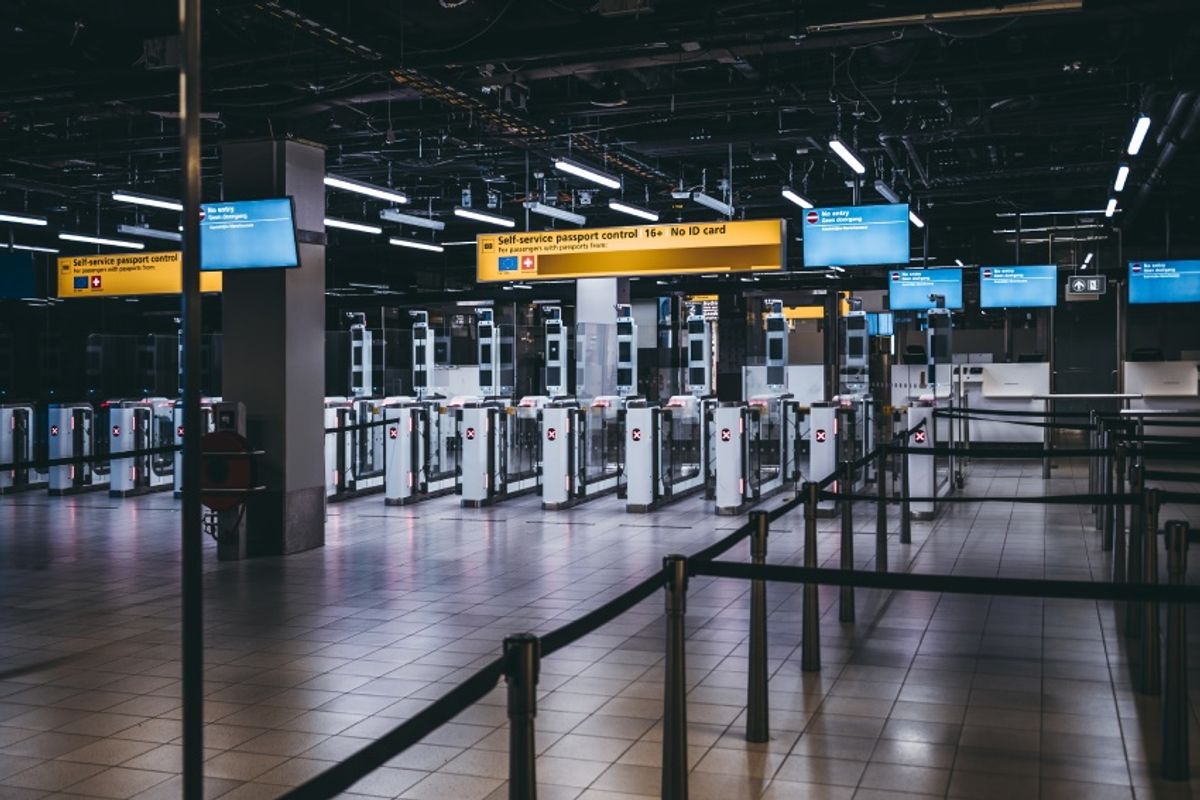The EU’s much-delayed Entry-Exit System (EES) will finally be launched on 10 November, according to EU commissioner Ylva Johansson.
EES is a biometric system which will use digital photographs and fingerprints for registering travellers from non-EU countries, including the UK, when they cross the EU’s external border. It will apply to both short-stay visa holders and visa-exempt travellers.
Implementation of the system has suffered a series of delays in the last couple of years, but home affairs commissioner Johansson finally named a start date for EES on a visit to the eu-LISA agency, which manages major IT infrastructure projects.
Johansson said that after “intense dialogues” with member states and other stakeholders, she had decided that EES “will enter into operations on 10 November”.
“Different steps are legally required before the commission could take the formal decision, but I am proud to reveal today that 10 November is the target day,” she added.
“When that happens, it will be goodbye to passport stamping, hello to digital checks for all passengers from outside the EU – making travel easier and border checks gradually faster.
“At every single airport, every single harbour and every single road into Europe, we will have digital border controls – all connected, all switched on at the very same time.”
Johansson said that the next stage in the digitalisation of the EU border process – the introduction of the ETIAS travel system for non-EU visitors – would follow “quickly” and is due to go live in the first half of 2025.
This will require visitors from 60 visa-free countries, including the UK, to obtain a new electronic travel authorisation to enter 30 European countries. The fee for ETIAS will be €7 for those aged 18 to 70 and it will be valid for three years.
Luke Petherbridge, director of public affairs at UK travel association ABTA, said: “It is really important that the industry takes the time now to understand the new EES system, and what it will mean for their customers and their businesses.
“We are working closely with the European Commission and UK government to establish the next steps for their communications plans and will update members as and when there is more information.”
Julia Lo Bue-Said, CEO of the Advantage Travel Partnership, warned that the introduction of EES followed by ETIAS next year would “add significant complexities for many travellers who are not clear on what this means for them and their travel plans to the EU”.
“It is vital that the travel industry is prepared for the introduction of new processes and that there is a smooth and efficient process for border staff to implement the new measures whilst minimising any disruption to travellers on their journeys and avoid travel chaos,” added Lo Bue-Said.

